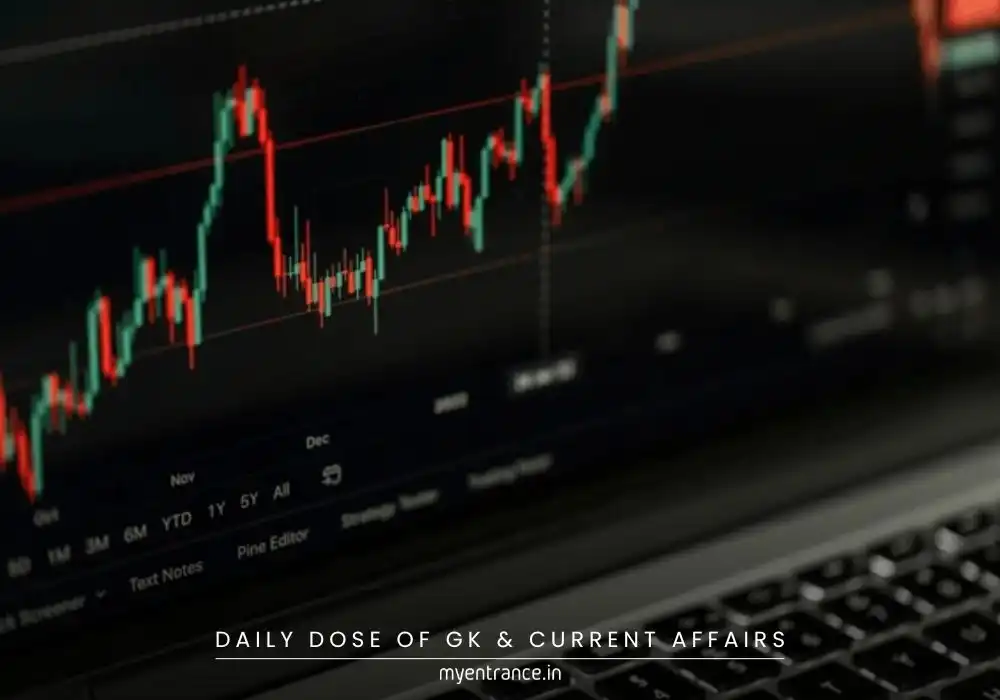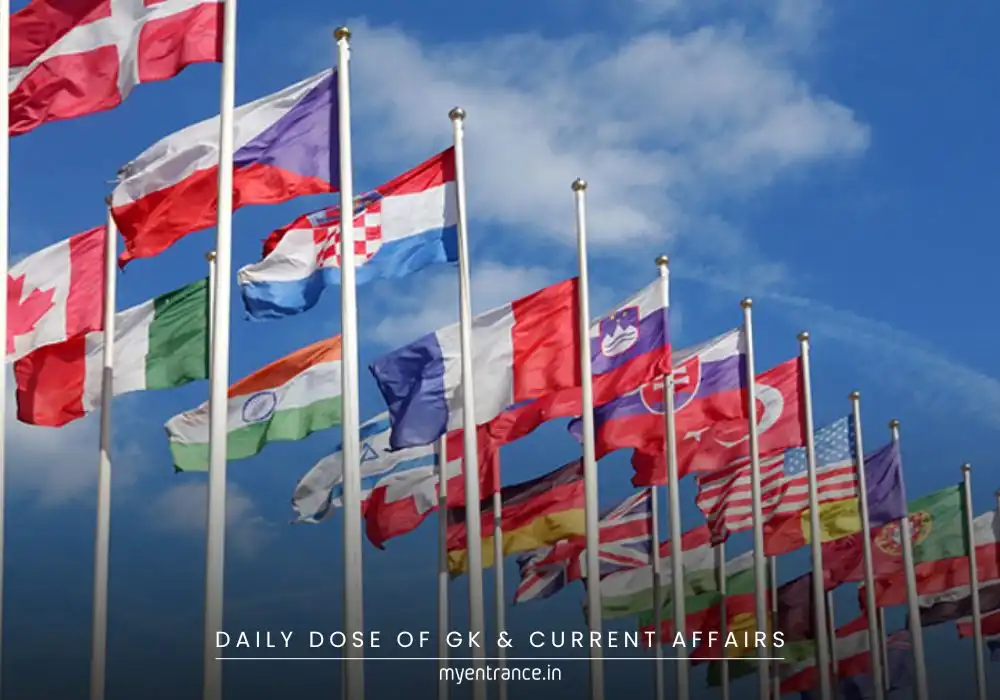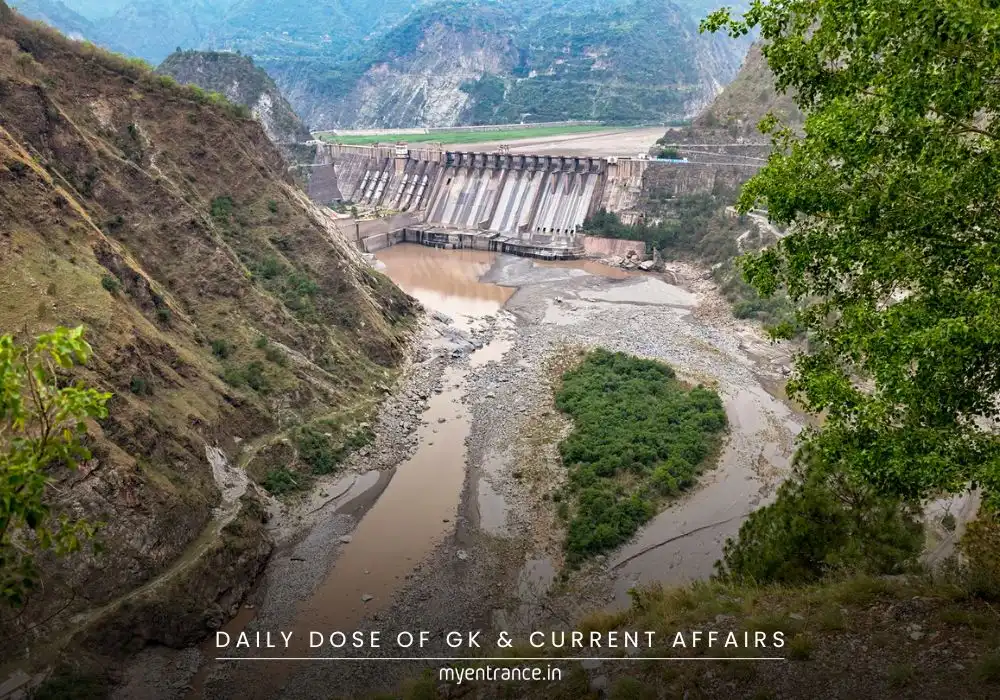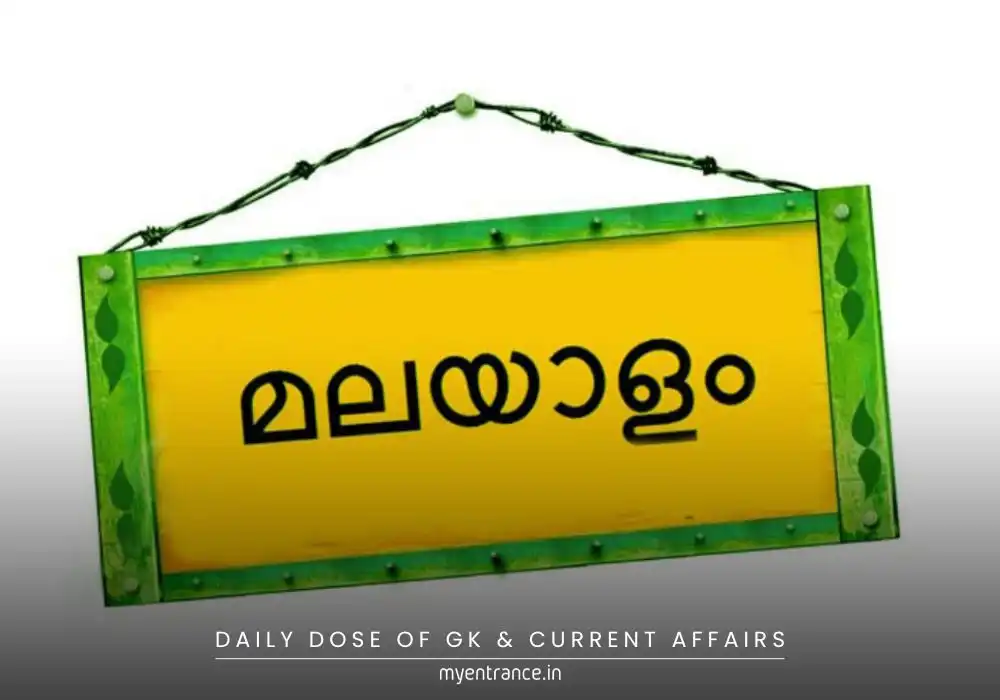Translate Language
How Does India’s First Weather Derivatives Market Work?
India’s National Commodity and Derivatives Exchange (NCDEX), in collaboration with the India Meteorological Department (IMD), has introduced weather derivatives—a financial tool to manage climate-related risks. Unlike traditional insurance, these derivatives help stabilize incomes by hedging against unpredictable weather, benefiting farmers, businesses, and financial institutions.

What Makes Weather Derivatives Special?
Weather derivatives are unique because they transfer financial risk linked to weather conditions—like rainfall, temperature, or wind speed—without requiring actual asset damage (unlike insurance). Here’s why they stand out:
Risk Management for Recurring Losses: They cover frequent but less severe risks (e.g., poor monsoons affecting crop yields).
Cash Flow Protection: Payouts are based on predefined weather indices (e.g., rainfall below a threshold), not actual losses.
Encourages Investment in Weather Data: Boosts demand for accurate forecasts, aiding sectors like agriculture and energy.
This market shifts India from disaster relief to proactive risk mitigation, strengthening economic resilience.
Key Weather Variables Traded
The most common derivatives track:
✔ Temperature (measured via Heating/Cooling Degree Days).
✔ Rainfall (cumulative totals or deviations from averages).
✔ Wind speed & snowfall (used in specialized markets like wind energy or tourism).
Unlike insurance, these contracts trade on numerical outcomes, not events. For example, a “rainfall futures” contract pays out if monsoons underperform.
How Do Weather Derivatives Work?
Contracts are based on IMD data (e.g., “If Delhi receives <500mm rain in July, Company X gets a payout”).
No physical damage needed—only verified weather data triggers settlements.
Helps businesses hedge demand fluctuations (e.g., ice cream sales drop in a cold summer).
Sample Q&A for Competitive Exams
Q1: What is the primary purpose of weather derivatives?
A1: To hedge against financial losses caused by weather fluctuations (e.g., low rainfall affecting crop income).
Q2: Which Indian exchange launched weather derivatives?
A2: NCDEX (National Commodity and Derivatives Exchange).
Q3: How do weather derivatives differ from insurance?
A3: They cover revenue risks based on weather indices, not physical asset damage.
Q4: Name two weather variables traded in derivatives.
A4: Temperature and rainfall.
Q5: How does this market benefit farmers?
A5: Farmers can secure funds against poor monsoons, ensuring loans and future inputs.
Why Is This Important for Exams?
UPSC/SSC: Questions on financial instruments, climate resilience, and government schemes.
Banking Exams: Risk management tools in agriculture and NBFCs.
PSC/KAS: State-level agricultural policies and economic stability.
Benefits for Stakeholders
Farmers: Hedge against monsoon failures, secure loans.
Businesses (e.g., beverages, energy): Stabilize demand fluctuations.
Banks/NBFCs: Reduce loan defaults linked to weather.
Impact on Climate Risk Resilience
Promotes data-driven weather forecasting.
Shifts focus from disaster relief to preventive risk-sharing.
Encourages agritech and renewable energy investments.
Final Thought:
India’s weather derivatives market is a pioneering step toward climate adaptation. For exam aspirants, understanding this concept could be crucial for economy and agriculture-related questions.
Get 3 Months Free Access for SSC, PSC, NIFT & NID
Boost your exam prep!
Use offer code WELCOME28 to get 3 months free subscription. Start preparing today!















